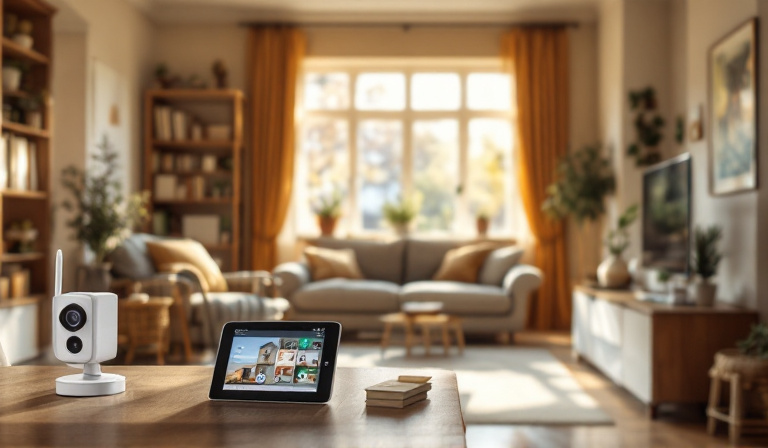
Ensuring the safety and security of seniors is a top priority for many families. As our loved ones age, they may face unique challenges that require tailored security solutions. This guide explores various approaches to help keep seniors safe, offering peace of mind to both them and their families.
Understanding the Needs of Seniors
Before implementing any security solutions, it's important to understand the specific needs of seniors. These may include:
- Mobility limitations, making it difficult to escape in case of emergencies.
- Memory issues, which may lead to vulnerability to scams or forgetfulness about locking doors.
- Health concerns that require immediate attention, such as falls or medical emergencies.
Home Security Systems
Installing a comprehensive home security system can be a significant step towards ensuring the safety of seniors. Here are a few features to consider:
- 24/7 Monitoring: Choose a system that offers round-the-clock monitoring to provide immediate assistance if needed.
- Medical Alert Integration: Many security systems now offer integrated medical alert devices, allowing seniors to call for help at the push of a button.
- Easy-to-Use Interfaces: Ensure that the system is user-friendly and accessible for seniors, with simple controls and clear instructions.
Smart Home Technology
Smart home devices can greatly enhance the safety and convenience for seniors at home. Consider the following options:
- Smart Locks: These can provide secure, keyless entry, reducing the risk of losing keys and enhancing security.
- Video Doorbells: Allow seniors to see who is at the door without opening it, reducing the risk of unwanted visitors.
- Voice-Activated Assistants: Devices like smart speakers can help with reminders, alarms, and even control other smart devices within the home.
Personal Safety Devices
Personal safety devices can be lifesavers for seniors, especially those living alone. Here are some options:
- Wearable Emergency Buttons: These devices can be worn around the neck or wrist and pressed in case of an emergency to alert family members or emergency services.
- GPS Trackers: Useful for seniors who may wander, these devices can help family members locate them quickly.
- Fall Detection Sensors: Some wearable devices come with fall detection technology that automatically sends alerts if a fall is detected.
Online Safety
As more seniors become tech-savvy, ensuring their online safety is crucial. Here are some tips to protect them from cyber threats:
- Educate About Scams: Teach seniors to recognize common online scams, such as phishing emails and fraudulent websites.
- Strong Passwords: Encourage the use of strong, unique passwords for all accounts, and consider using a password manager.
- Secure Connections: Ensure that their devices are connected to secure Wi-Fi networks and have updated antivirus software.
Community and Social Support
Beyond technology, community and social support play a vital role in senior safety. Consider the following:
- Neighborhood Watch Programs: Encourage participation in local neighborhood watch programs to foster a sense of community and vigilance.
- Regular Check-Ins: Arrange for family members, friends, or caregivers to check in regularly, either in person or via phone calls.
- Community Centers: Engaging in community center activities can provide social interaction and reduce isolation, which is important for mental health.
Preparing for Emergencies
Preparation is key to handling emergencies effectively. Here are some steps to take:
- Emergency Contacts: Keep a list of emergency contacts easily accessible, including family, friends, doctors, and local emergency services.
- Evacuation Plan: Develop a clear evacuation plan in case of fire or other emergencies, and practice it regularly.
- First Aid Kit: Ensure there's a well-stocked first aid kit in the home, and that seniors know how to use it.
Conclusion
Keeping seniors safe requires a combination of technology, education, and community support. By understanding their unique needs and implementing comprehensive security solutions, we can help ensure their safety and well-being. As technology continues to evolve, staying informed about the latest safety innovations can further enhance the protection of our loved ones.

